Exploring Case Law and Precedent in the Legal System at UWA
VerifiedAdded on 2021/09/18
|18
|579
|464
Presentation
AI Summary
This presentation provides an introduction to case law and the doctrine of precedent, explaining the principle of stare decisis and its advantages and disadvantages. It defines key terms such as 'binding' and 'persuasive' precedents, and outlines when a precedent is binding, emphasizing the importance of the court hierarchy and the 'ratio decidendi' of a case. The presentation also covers how to read a case, including understanding citations, case details, summaries, and judgments, and it highlights the significance of identifying the 'ratio decidendi' and distinguishing it from 'obiter dicta'. The presentation concludes by summarizing the need to follow binding precedents, considering the court hierarchy, 'ratio decidendi', and facts of the case, and stressing the importance of practicing case reading skills. Desklib offers more resources including past papers and solved assignments for students.
1 out of 18
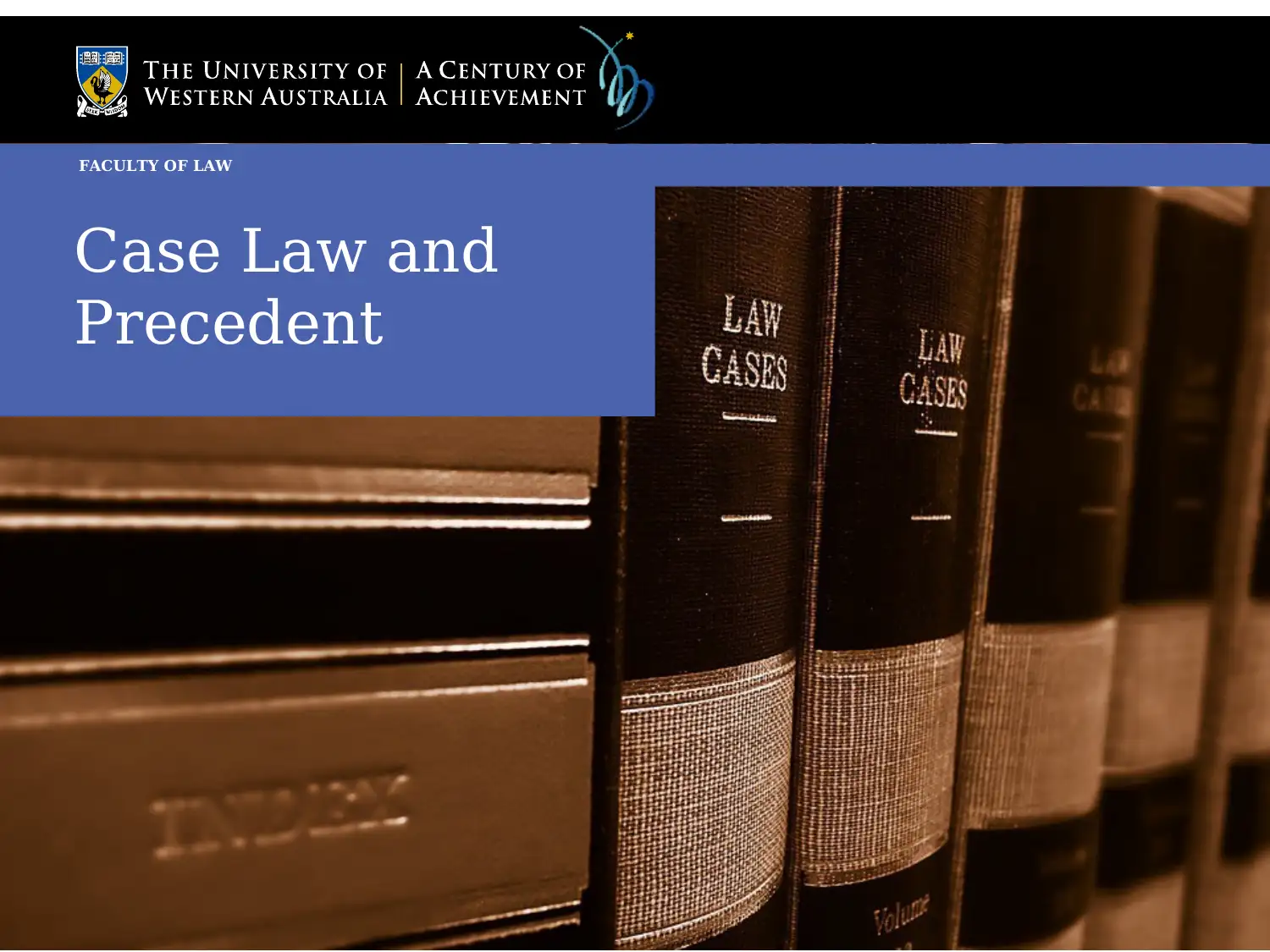
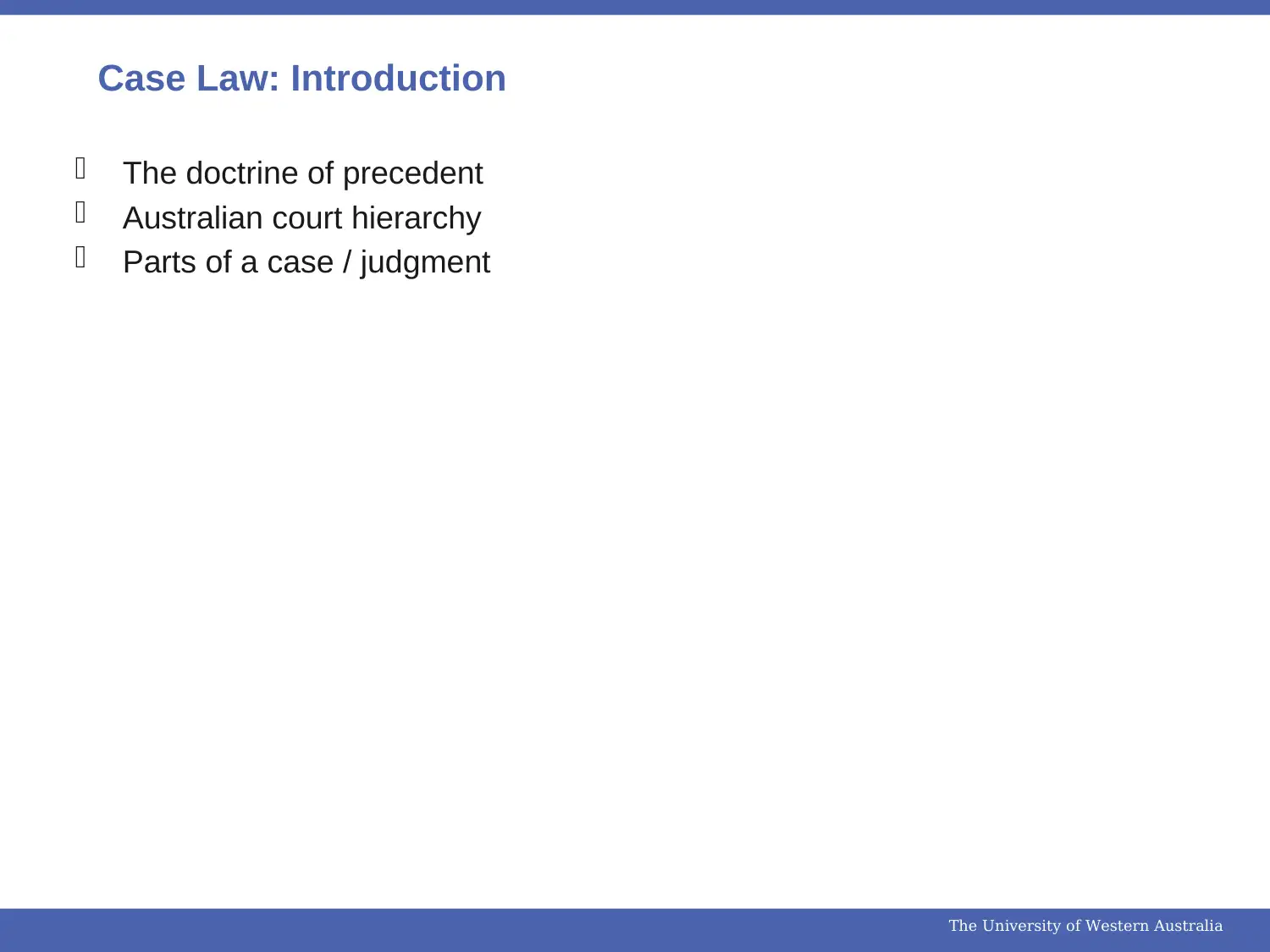
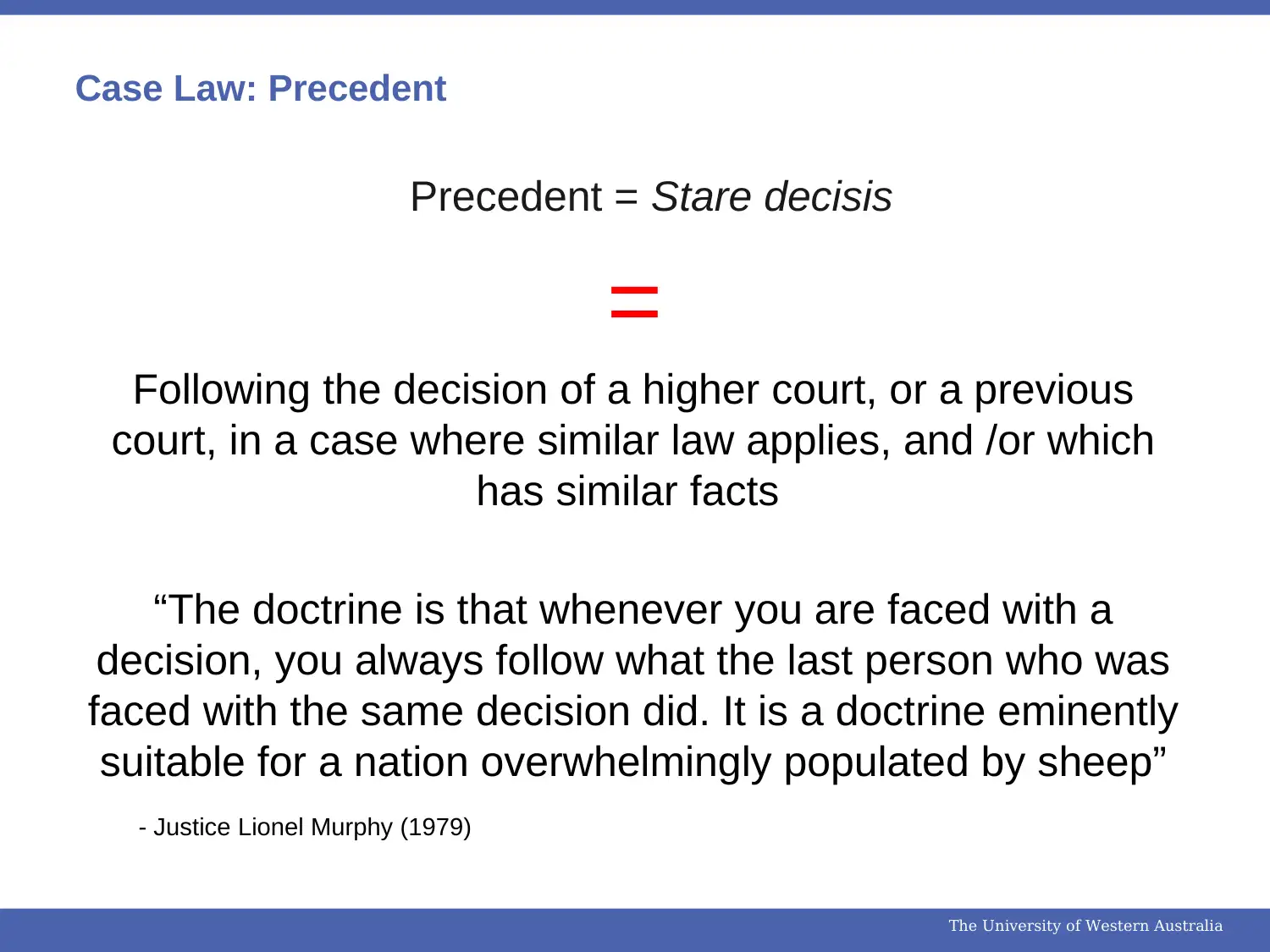

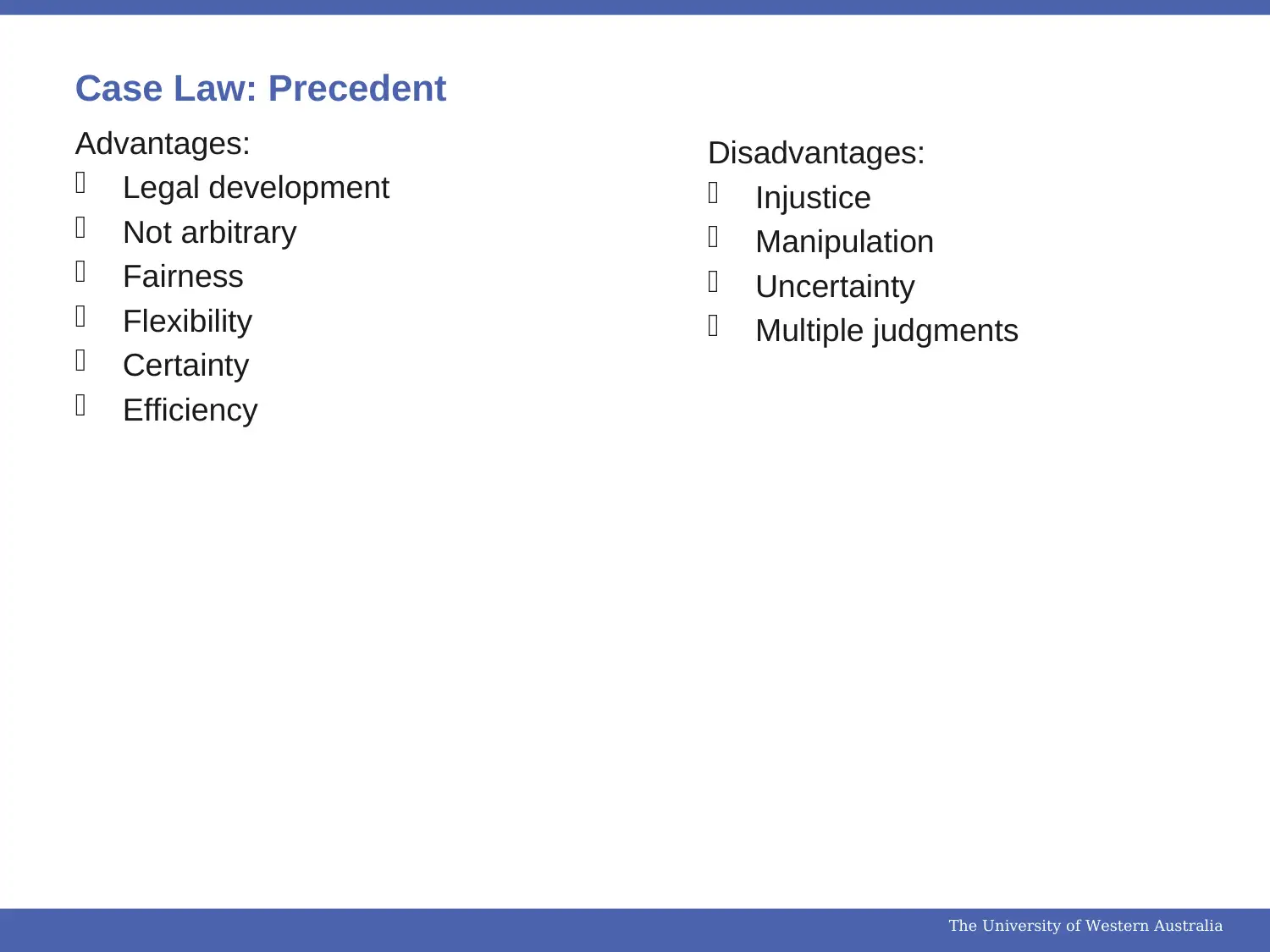
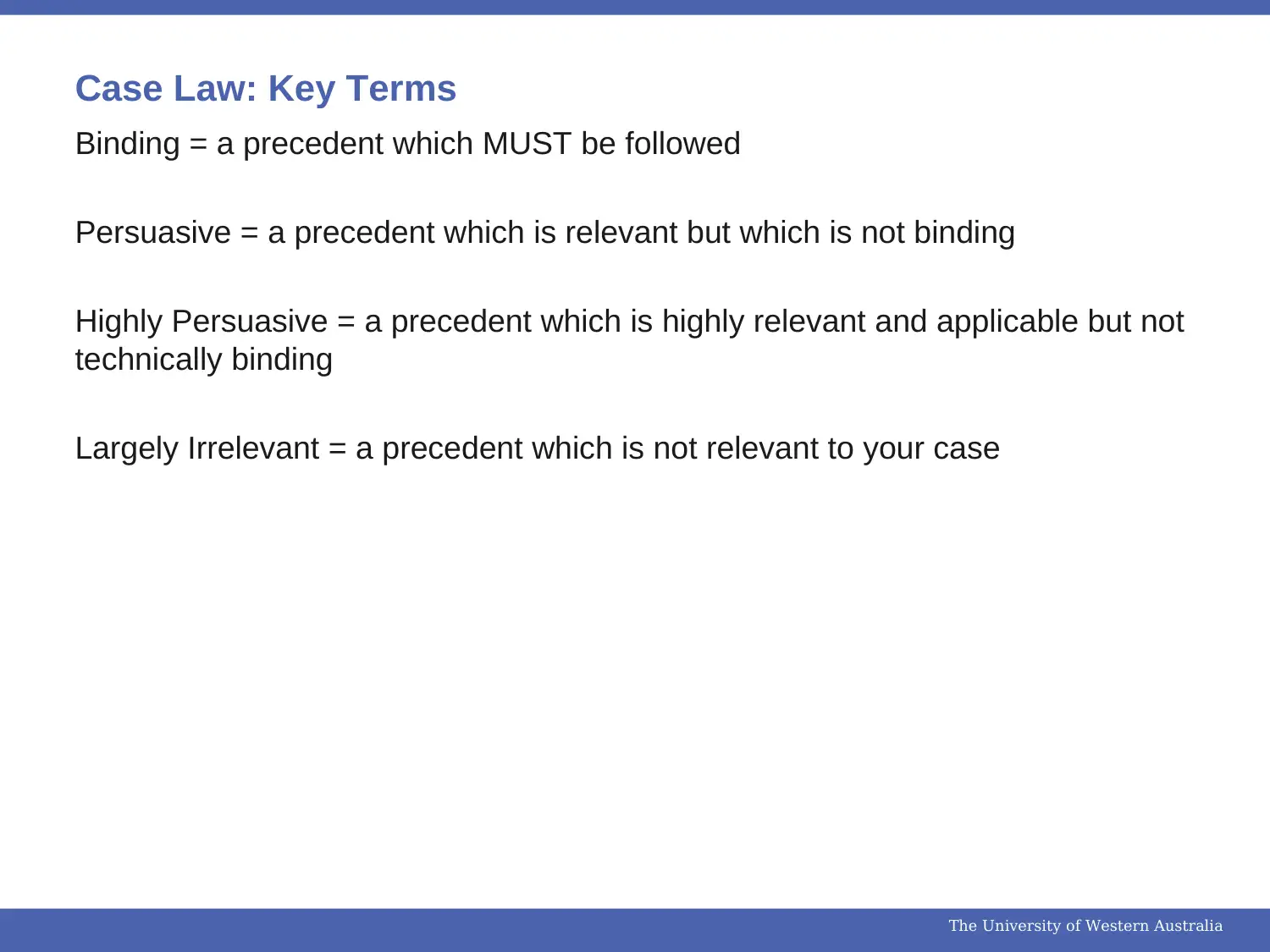
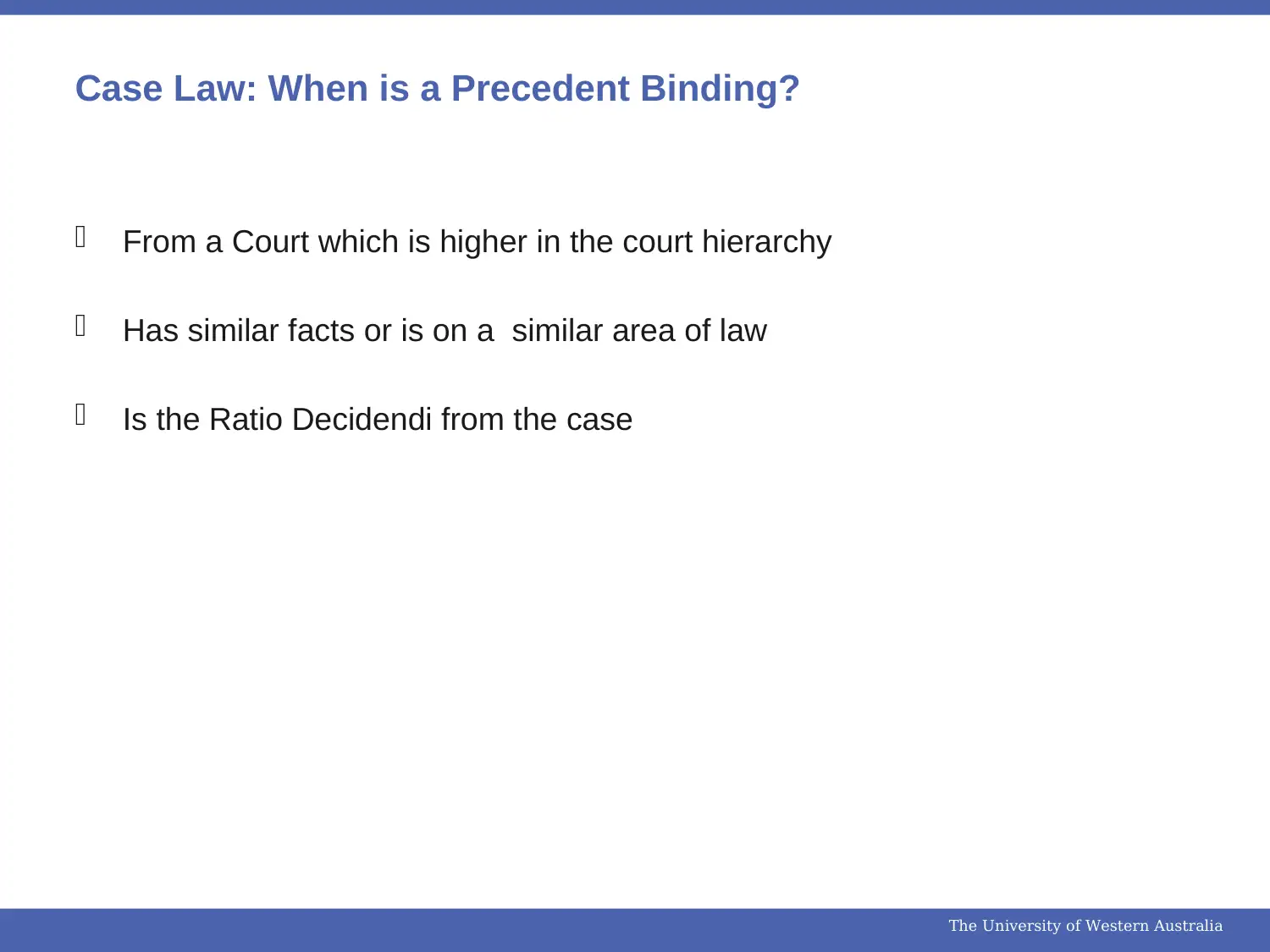
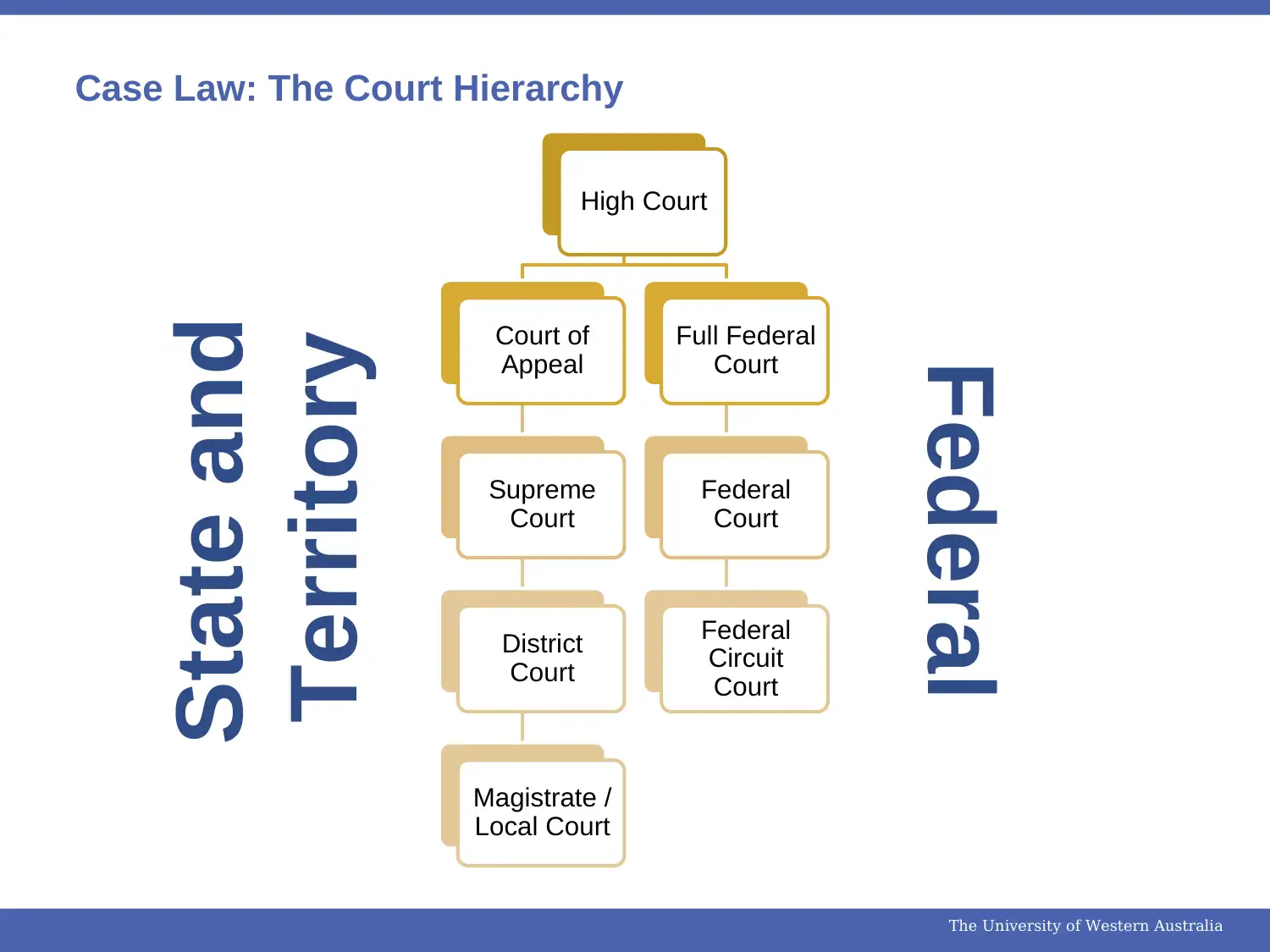
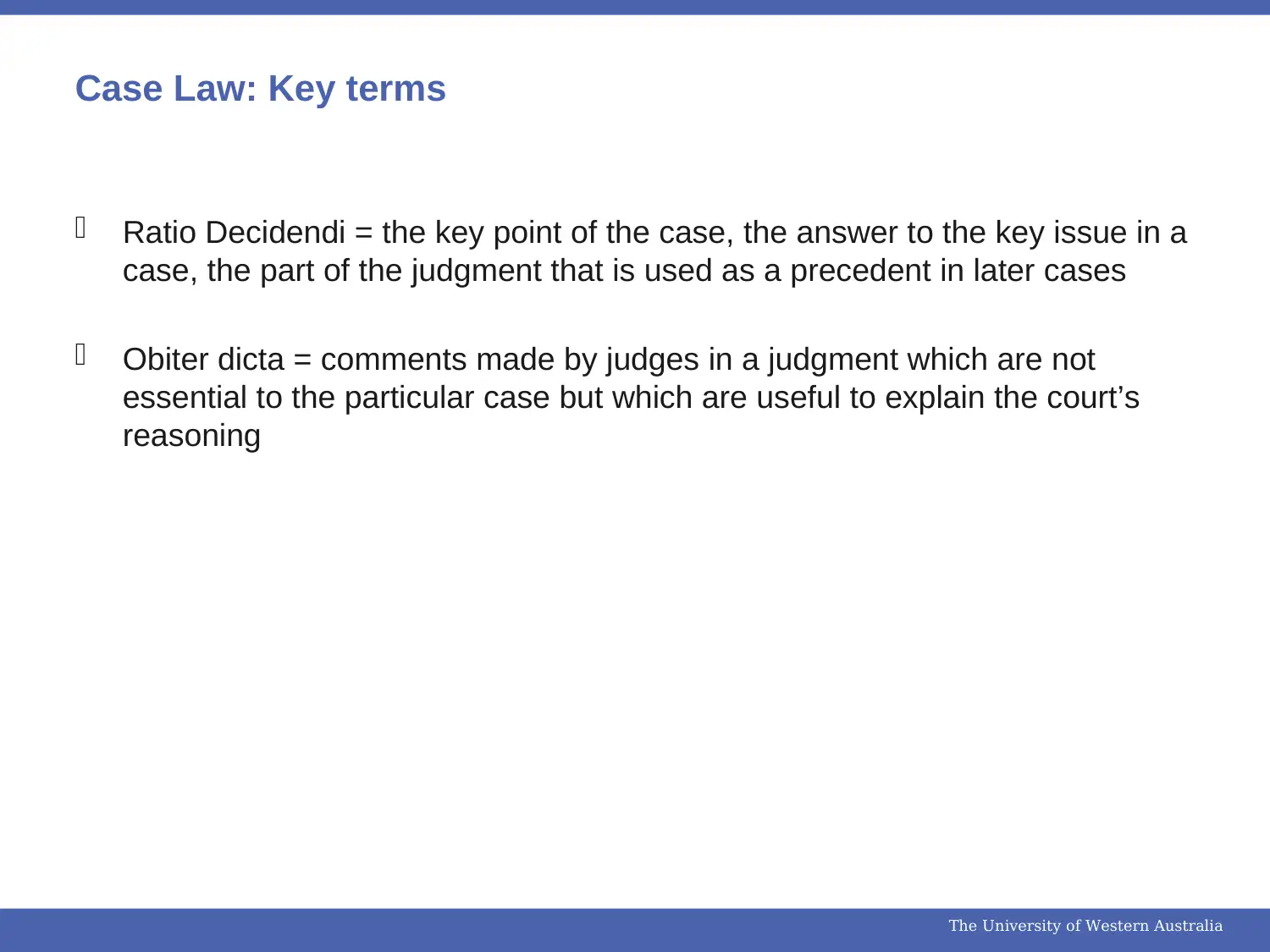
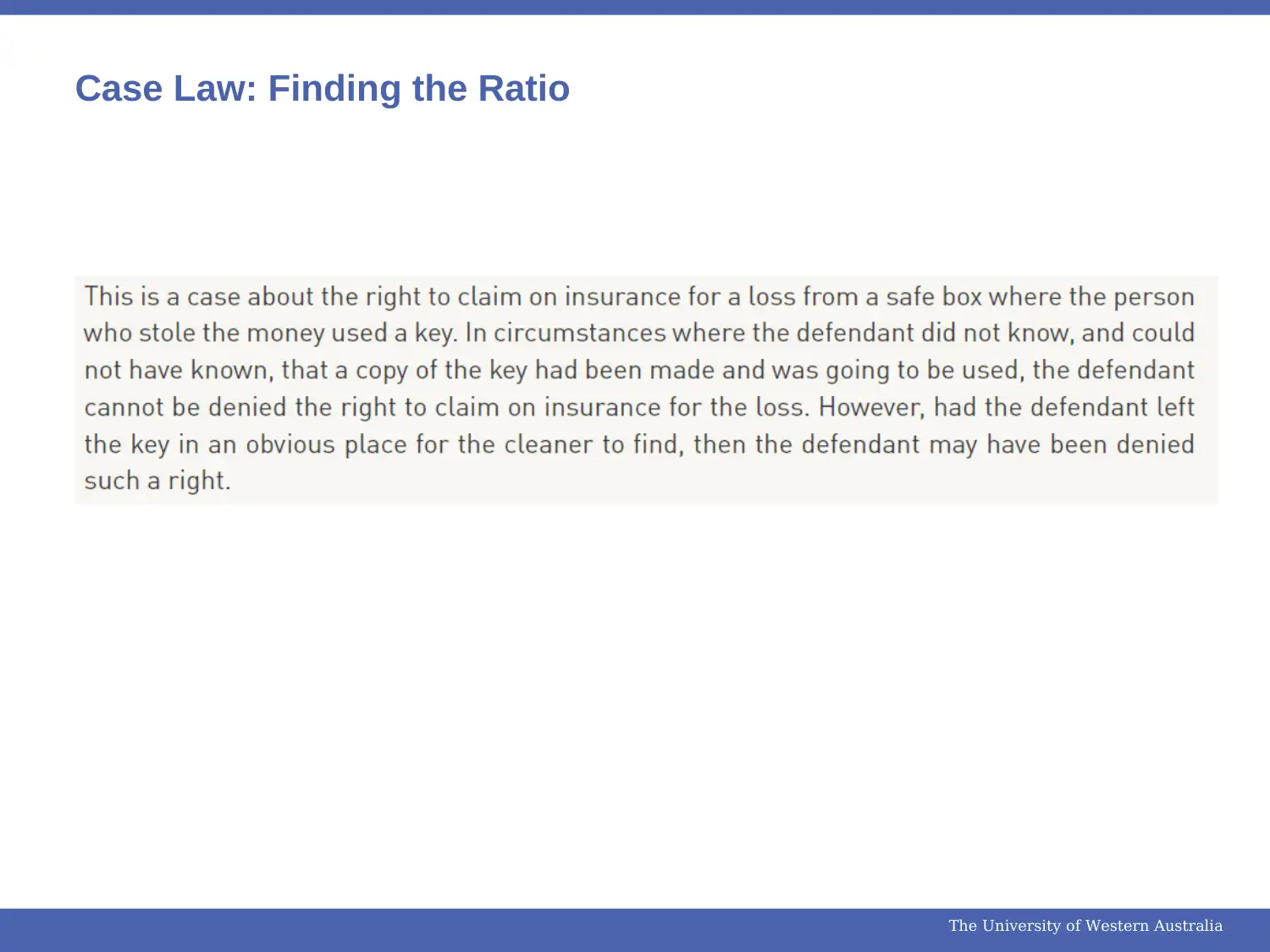
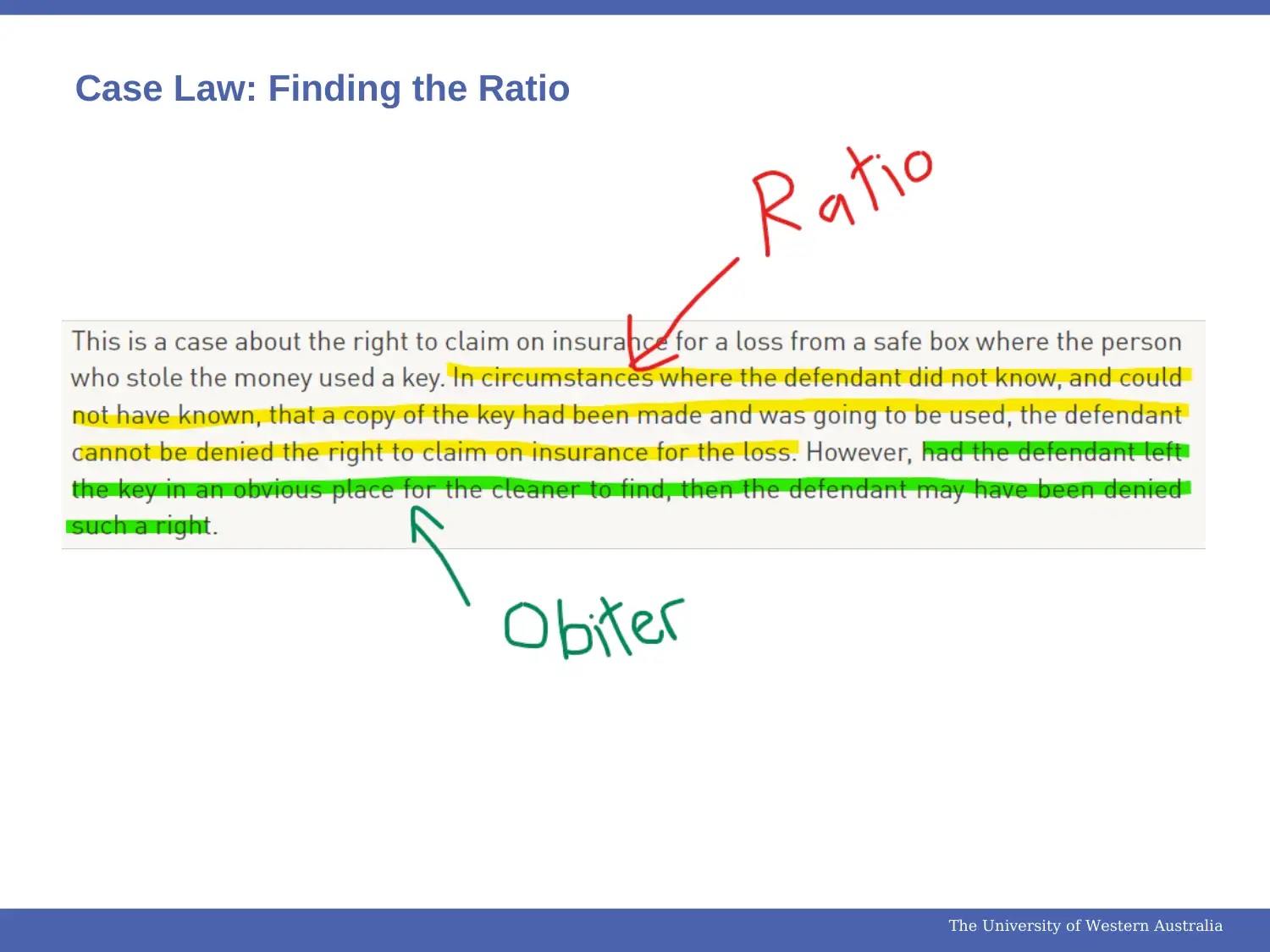
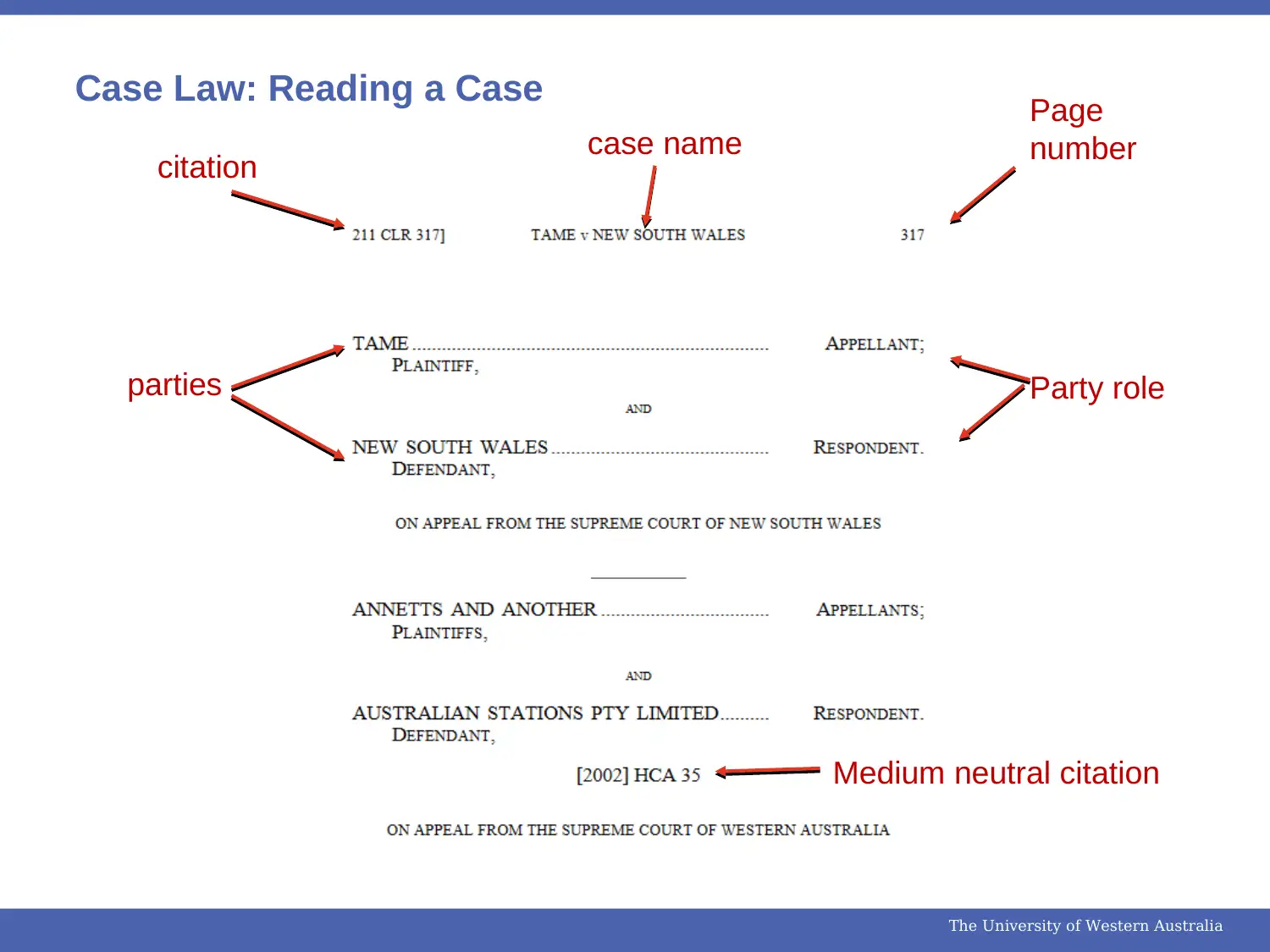
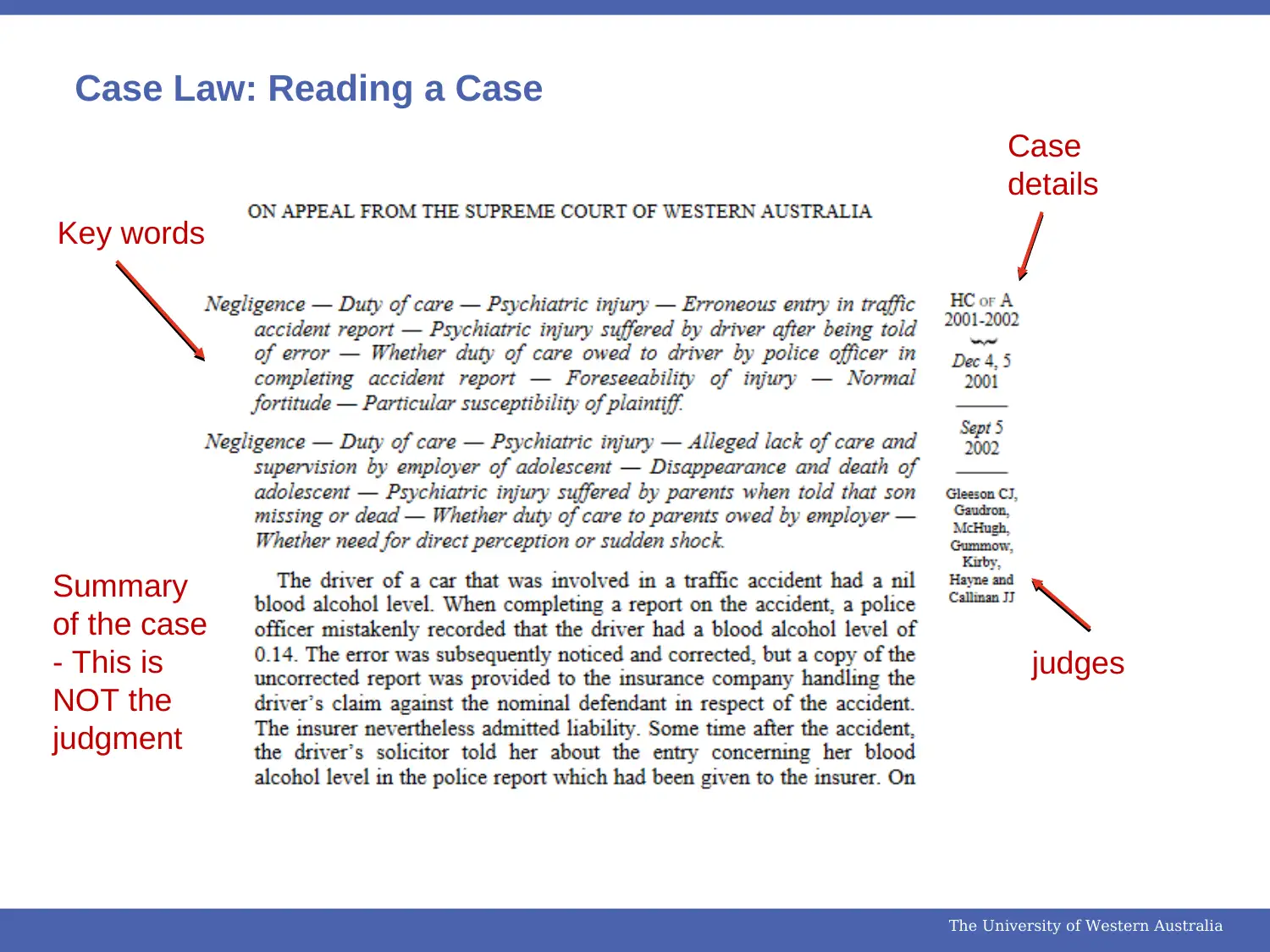






![[object Object]](/_next/static/media/star-bottom.7253800d.svg)